-
Welcome to Tacoma World!
You are currently viewing as a guest! To get full-access, you need to register for a FREE account.
As a registered member, you’ll be able to:- Participate in all Tacoma discussion topics
- Communicate privately with other Tacoma owners from around the world
- Post your own photos in our Members Gallery
- Access all special features of the site
questions on values of some guns
Discussion in 'Guns & Hunting' started by DSMissed, Aug 18, 2011.

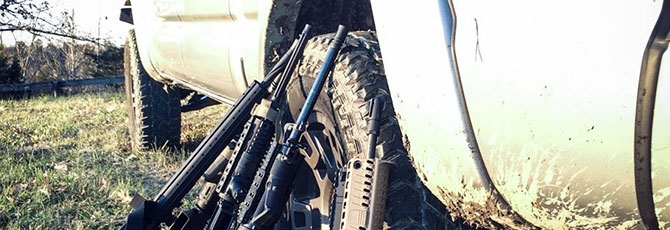
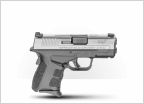 Carrying a piece in your truck
Carrying a piece in your truck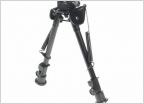 What Bipod to get??
What Bipod to get?? What was your first handgun?
What was your first handgun?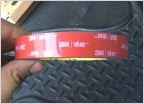 Gun Magnet Mount Alternative
Gun Magnet Mount Alternative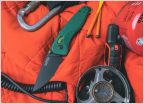 Did I do good? Ordered a SOG trigent knife
Did I do good? Ordered a SOG trigent knife Gun safe
Gun safe

































































